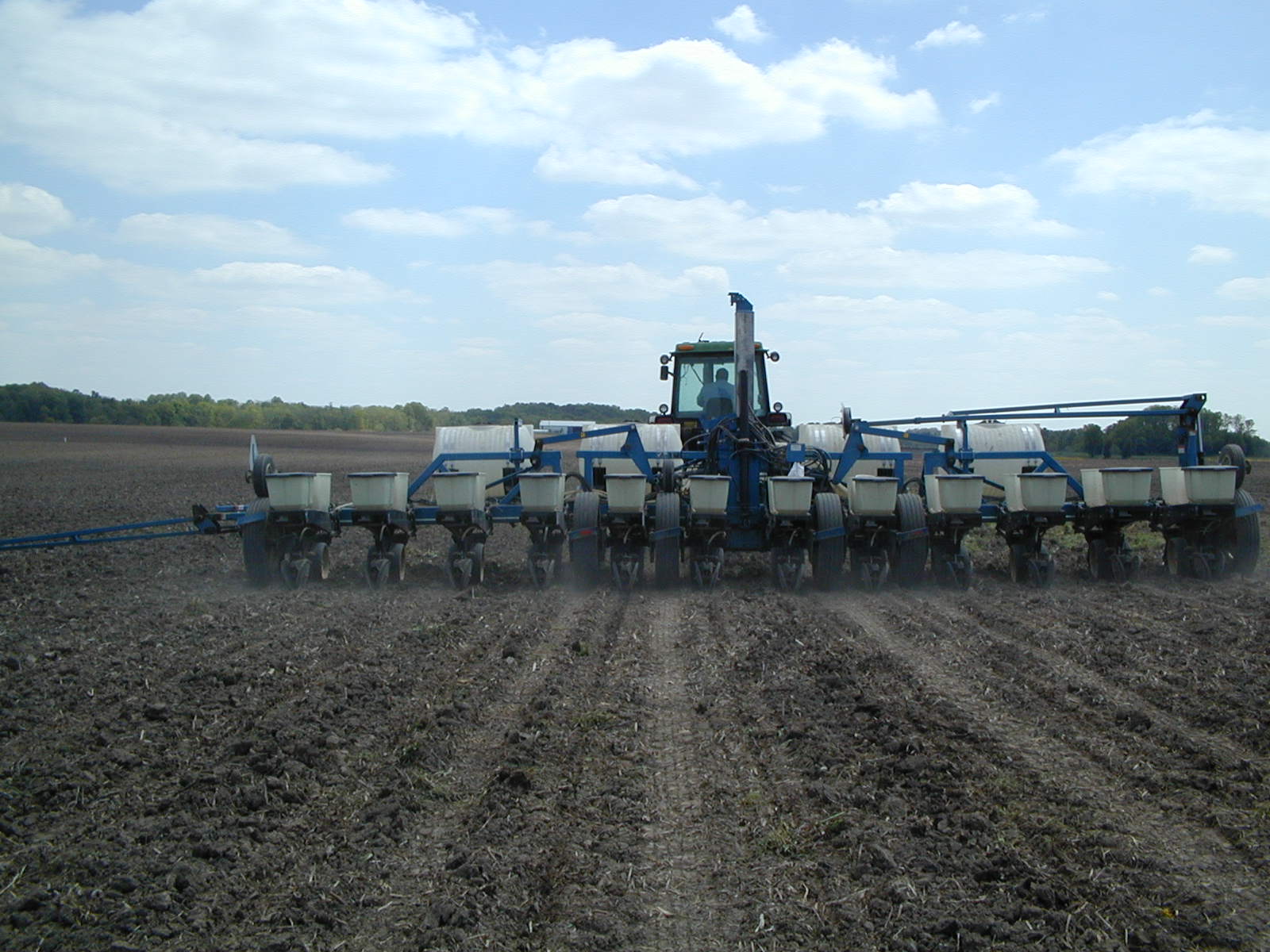Menu
Corn Stand Establishment Impacts Final Yield
You only get one chance to do it right this year!
With the planting season upon us, most growers have already taken the first step to set the stage for high yields by choosing elite genetics and properly positioning them by soil type to maximize yields. The next steps are also critical to ensure uniform germination and emergence. Giving the seed a chance to germinate and emerge uniformly sets the stage for higher yields. Without a successful start of the seedling, it is difficult for the crop to fully recover and obtain maximum yield even if the growing season is optimal. Here is a quick review of 5 steps to achieve strong emergence.
- Soil moisture in the seed zone – This is a variable that is difficult to manage without the aid of irrigation. However there are things we can do. Variable soil moisture is affected by soil type, tillage type, tillage patterns, compaction zones and weather patterns. Soil moisture in the seed zone has a big impact on the uniformity of emergence, and there are things you can do to set the seedling up for success. Planting depth plays a big role in ensuring that the seed has adequate moisture. Planting depth may vary by soil type, yet it is a critical factor in establishing a perfect stand. Planting depth of less than 1.5 inches will often increase the variability of emergence. Growers sometimes plant shallow early, thinking that shallow planting will improve emergence in cooler soils, but shallow planting often contributes to uneven emergence because the soil tends to dry out more quickly close to the surface, reducing the availability of soil moisture needed to germinate the seed. Planting depth of 1.5 to 2.0 inches is preferred in most soils, and in sandy soils growers go even deeper to position the seed into adequate moisture.
- Soil temperature in the seed zone – Starting with warm soil is the key to uniform germination and emergence. The corn seed can germinate at temperatures below 50 degrees, however at those temps the emergence will be less likely to be uniform. Soil temps at or above 55 degrees will allow the seed to germinate and emerge within 7 days. It usually takes about 115 GDDs (growing degree days) from the time the seed is placed into the soil until the seedling emerges. There are several things that contribute to uneven soil temperatures. Soil with higher organic matter and dark soils will warm more quickly. Areas of the field that are saturated with water will remain cool longer. Uneven distribution of crop residue during the previous harvest will also play a part, and the use of row-cleaner attachments can have an impact. Furthermore remember, that variability in seed depth will place the seed into different temperature zones and impact the uniformity of emergence.
- Seed to soil contact – This may seem like a no-brainer, but its importance is under-estimated. Getting the soil evenly and snugly positioned around the seed without air pockets is important because it ensures the uniform availability of soil moisture and nutrients to the seed. Another issue is when the crop residue gets hair pinned into the seed trench and the seed doesn’t come into direct contact with the soil. Rough, cloddy soil conditions can also impact germination and emergence. Finally, there is the issue of open seed trenches. Open seed trenches are most often caused by planting into wet soils or hard compacted soils, and can be easily remedied with an array of planter attachment options and enough patience to wait that extra day and then plant into proper soil conditions.

- Soil crusting and sidewall compaction – Avoiding excessive tillage, especially when heavy rainfall is predicted can go a long way to reduce soil crusting. Crusting of the soil layer may severely restrict the emergence of the coleoptile and may cause the seedling to leaf-out underground contributing to seedling death. Side wall compaction may also restrict the elongation of the mesocotyl and hinder the emergence of the coleoptile. The potential for these issues can be reduced by avoiding planting into soils that are too wet. You can also reduce the amount of down pressure on the closing wheels or install finger-style closing wheels on your planter.
- Pop up fertilizers and micronutrients – Getting the seedling off to a great start is very important to achieving high yields. Readily available nutrients close to the seed, sets the stage for healthy, vigorous seedlings. The seedling originally feeds off the carbohydrates stored within the seed itself, but as the seedling grows, it transitions to growing off the radical root system. It becomes very important to make sure that the root zone is unobstructed, has key nutrients available, and can grow and expand rapidly sucking up nutrients and feeding the plant.
Products like M-Power which feed the soil microbes and fungi, help make nutrients available to the plant. Starter fertilizers like Xcelerate 7-18-7 provide readily available nutrients to the root zone, and MaxxPower MP delivers essential micronutrients to meet the fertility needs of a rapidly growing plant.
You only get one chance to do it right each spring, so set up the seedling to finish strong.


